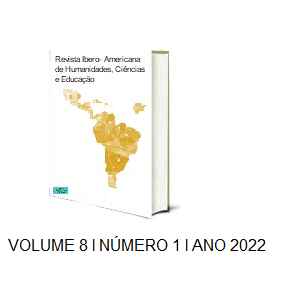REAVALIAÇÃO DO POTENCIAL EPIDEMIOLÓGICO DAS CAUSAS MÚLTIPLAS DE MORTE NO BRASIL, 2015
DOI:
https://doi.org/10.51891/rease.v8i1.4008Keywords:
Mortality. Mortality Statistics. Causes of death. Multiple-causes-of-deathAbstract
This study aims to reevaluate the potential use of multiple-cause-of-death methodology in Brazil, its Regions and Federal Units, comparing their current settings with the ones observed in the previous study.Multiple-causes-of-death are considered all mentions of causes and other conditions listed on the International Form of Medical Certificate of Cause of Death and are qualified as underlying cause and associated (non-underlying) causes of death. A list of 120 classes displays the most important causes of death after being processed by the Multiple Cause Tabulator.An important fact was the incorporation to the study deaths occurred in the states of Acre, Alagoas, Amazonas, Rondônia and Roraima. In Brazil, between 2003 and 2015, by each death certificate, the crude means number of listed causes changed from 2.81 to 3.02 and the proportion of certificates with a mode of three causes increased from 26.99% to 28.53%, mode which currently includes the entire Northeast Region. As well, all over this period, the number of ill-defined deaths reduced 56,22% and their identification as an underlying cause diminished 46.22%, values that reflect the improvement of mortality data. The discussion of the methodology use of multiple-causes-of-death contains synopses of the main national epidemiological correlated studies. Stressed the need to standardize conventions and definitions about the use of multiple-causes-of-death. The inclusion of coding critical control lists for processing causes of death in the Mortality Information System was recommended.
Downloads
Downloads
Published
How to Cite
Issue
Section
Categories
License
Atribuição CC BY

